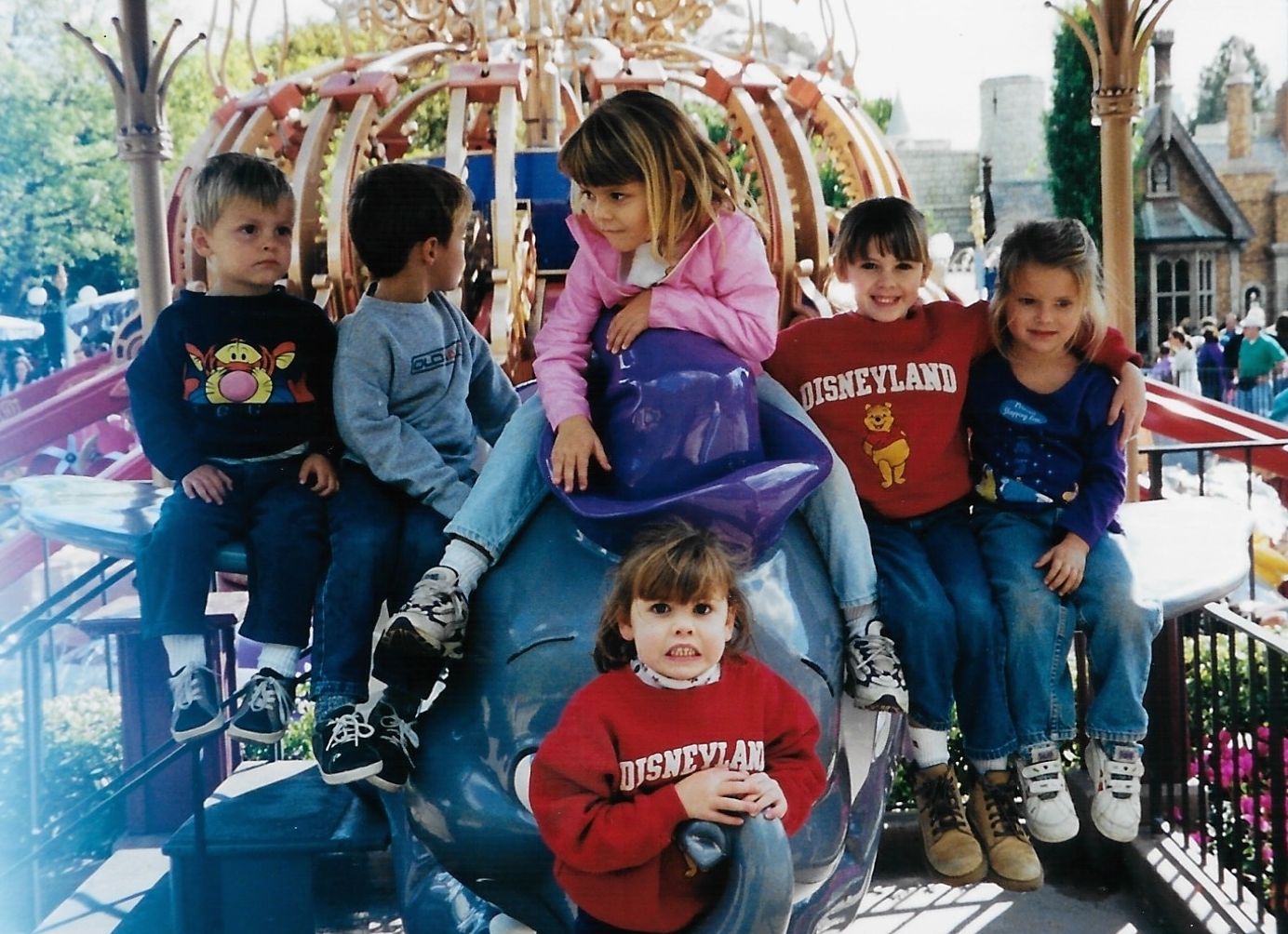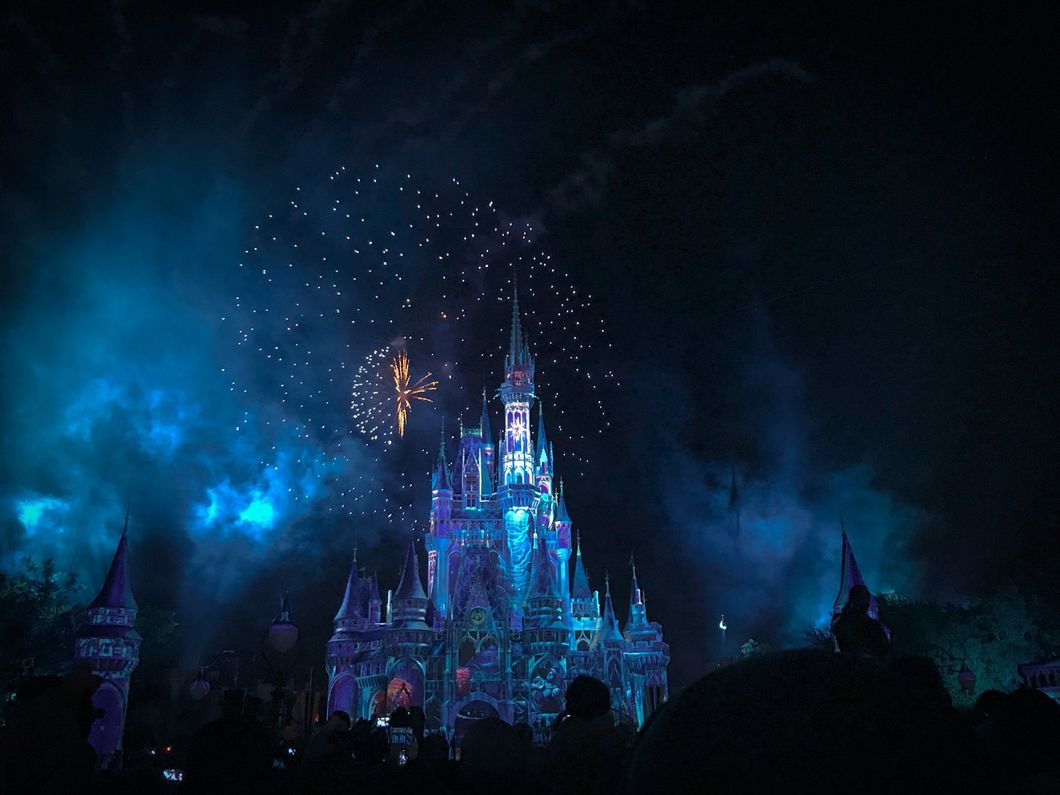Don't get me wrong, I'm a huge Disney fan. Like many kids who grew up in that awkward transitional phase between the 90's and the 2000's, I had a stack of Disney VCR's as tall as myself. Growing up in Southern California, I had the added benefit of living just a short drive away from Disneyland. Even now, as I'm tumbling into my early twenties, I frequent the movie theater for a glimpse at the franchise's newest adaptations.

But, recently, I've noticed something has changed. And, I imagine you've probably noticed it too. What I'm talking about is the steady shift away from the magical, into reality. A shift best represented by Disney's increasing output of live-action movies. More specifically, live-action remakes.
Take, for example, the 2015 adaptation of "Cinderella." Audiences were rightfully disappointed when this film was basically a shot-for-shot remake of the original animation; especially since it's not the first adaptation we've seen for this particular tale. My personal favorite is the 2004 version, "A Cinderella Story," starring Hillary Duff and Chad Michael Murray. This reimagining gives the fairytale a modern twist that is both engaging and enchanting by replacing vital elements like the glass slipper with a modern cell phone. And this is just one of many films, including: "Ever After," "Ella Enchanted," "Pretty Woman," "Another Cinderella Story," etc. The fact that so many of these films were able to accomplish more with the original story than Disney, itself, brings into question the franchise's real intentions.
One notable difference between the animated originals and the live-action remakes is revenue. In this department, the latter holds a significant advantage. According to statistics from the Box Office Mojo website, the live-action adaptation of "Cinderella" earned more than $201 million in total gross revenue. This is a whopping $191 million over the original animated version's $10 million revenue. What's interesting about this substantial difference in earnings is the fact that the original animated version of "Cinderella" actually has better audience ratings than the newer adaptation. IMDb lists these ratings, respectively, as 7.3 out of 10 and 6.9 out of 10, with 10 being the highest score. Therefore, despite the sizeable gap in revenue, the animated version of this Disney classic is favored over the live-action remake among general audiences.
This statistical incongruity between revenue and ratings is a recurring pattern among Disney originals and remakes- "The Jungle Book", "Beauty and the Beast", and "101 Dalmatians" to name a few. A quick scroll through the "user reviews" section on the IMDb website provides some insight into this seemingly contradictory pattern. In reviews for the live-action adaptations, you'll stumble upon some key phrases: leaves a lot to be desired, disappointment, cliché, and boring. Conversely, the comments for animated originals are magical, a childhood classic, breathtaking, and the best movie of all time. The consensus here is clear, audiences are unimpressed with Disney's live-action adaptations. But why?
Depending on who you're talking to, the reasons for favoring traditional Disney classics over the new live-action films can vary. Personally, I appreciate the iconic animation styles and musical scores of the classics. And, while Disney does try to transfer these aspects over to its live-action remakes, there are certain qualities of the animations that simply cannot be replicated. Additionally, I agree with the common grievance among Disney fans regarding the negative effect of their oversaturation in the film industry. After viewing so many mediocre adaptations, the novelty of the live-action remake has worn off. Now, it seems like the only thing separating these films from main-stream entertainment is the Disney logo.






















